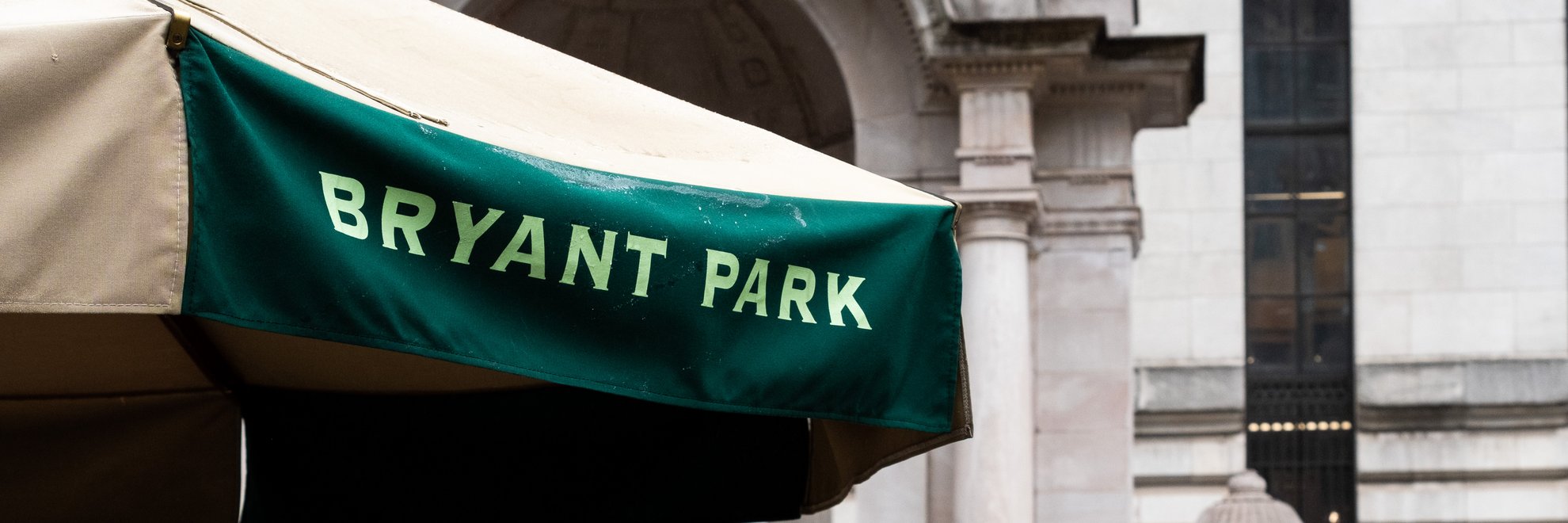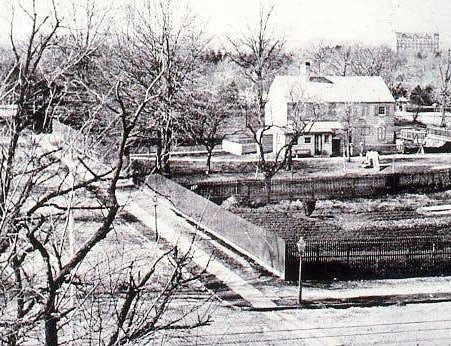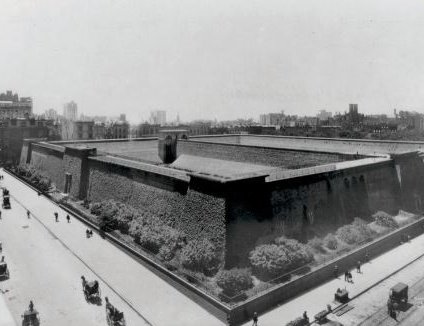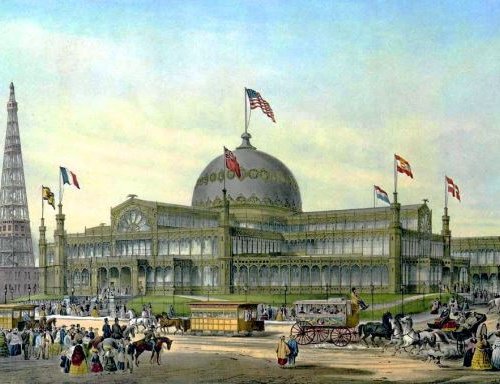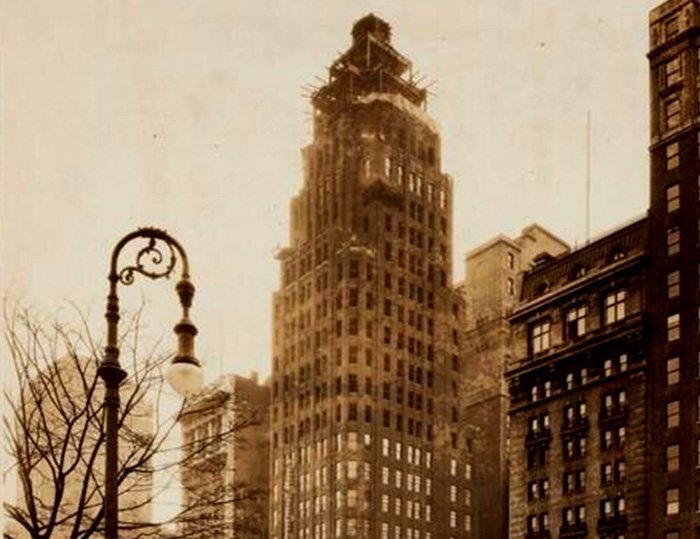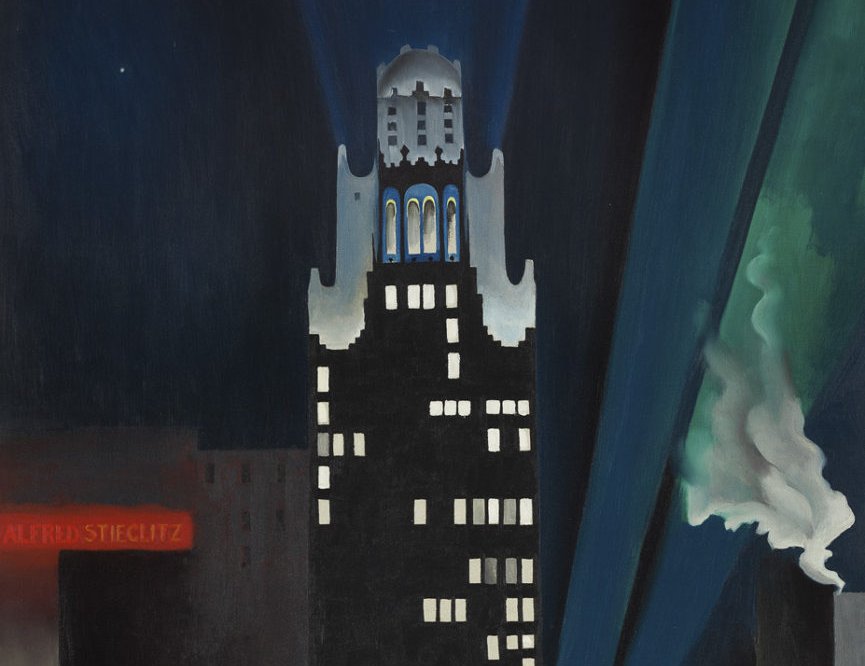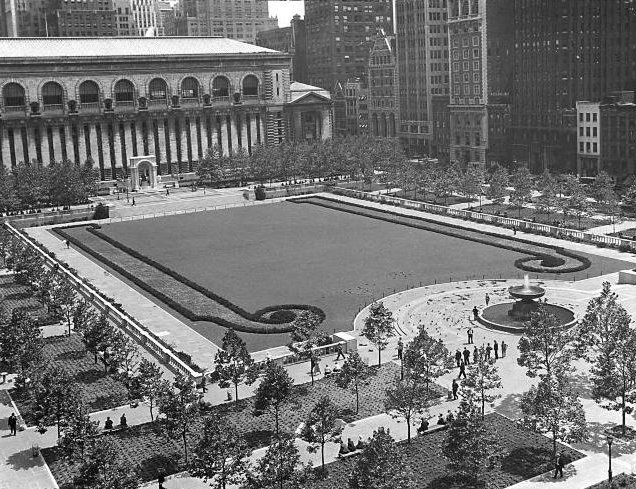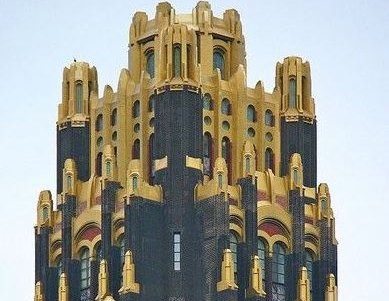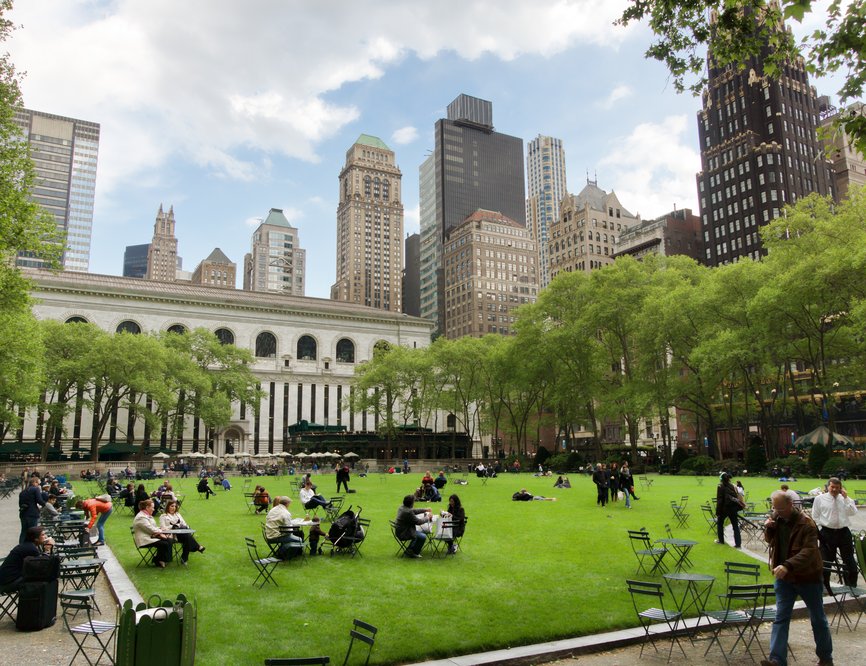Inspired by the success of The Great Exhibition of 1851, held in the famed Crystal Palace exhibition hall in Hyde Park, London, New York City began preparations for a similar exhibit on U.S. soil. The New York Crystal Palace was built on Reservoir Square, the park just west of the Croton Reservoir. Designed by Georg Cartensen and Charles Gildemeister, the glass and metal structure was built in the shape of a Greek cross and boasted a domed roof 100 feet in diameter. It remained standing until October 5, 1858, when it burned down.
The Exhibition of the Industry of All Nations, also commonly referred to as the Crystal Palace Exhibition, featured four thousand exhibitors and displayed the industrial wares, consumer goods, and artworks of the nation. Notable exhibits included mineral resources of the U.S., the newest precision steam engines, and the largest crocodile ever captured. United States President Franklin Pierce delivered a speech at the opening ceremony on July 14, 1853.
Built next to the Crystal Palace in 1853 as part of the exhibition, was the 315-foot-tall Latting Observatory. Conceived by Waring Latting, and designed by architect William Naugle, this octagonally based, iron and wood tower was the tallest building at the time of its construction and offered patrons unobstructed views of Staten Island, Queens, and New Jersey. It perished in an 1856 fire.
The first of its kind in New York City, the Crystal Palace Exhibition set off one of the first major tourism booms in New York with over one million visitors. (In spite of its popularity, the exhibition’s sponsors lost $300,000 on the venture.) The exhibit closed on November 1, 1854, though the structure remained standing and was leased for a variety of purposes over the next four years.
